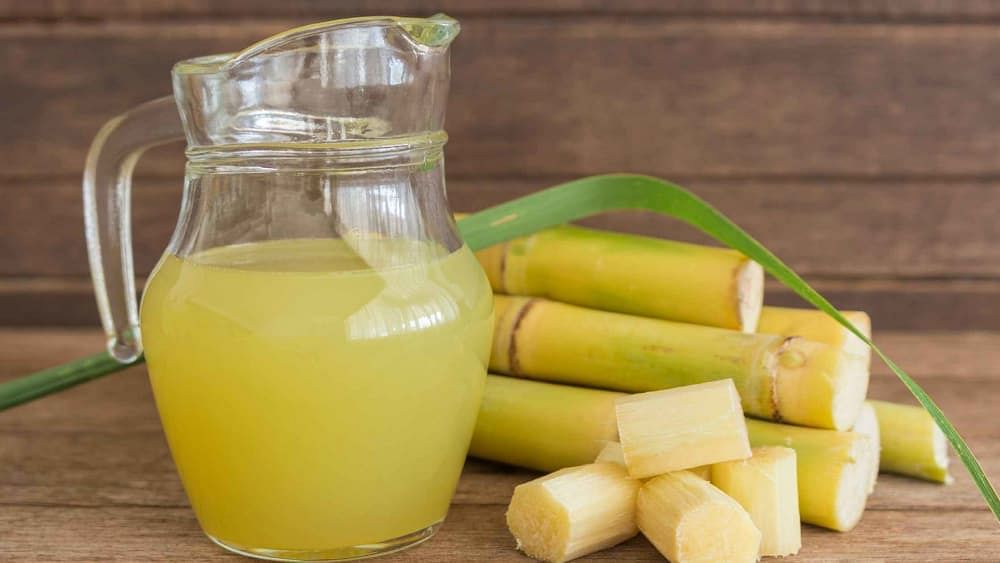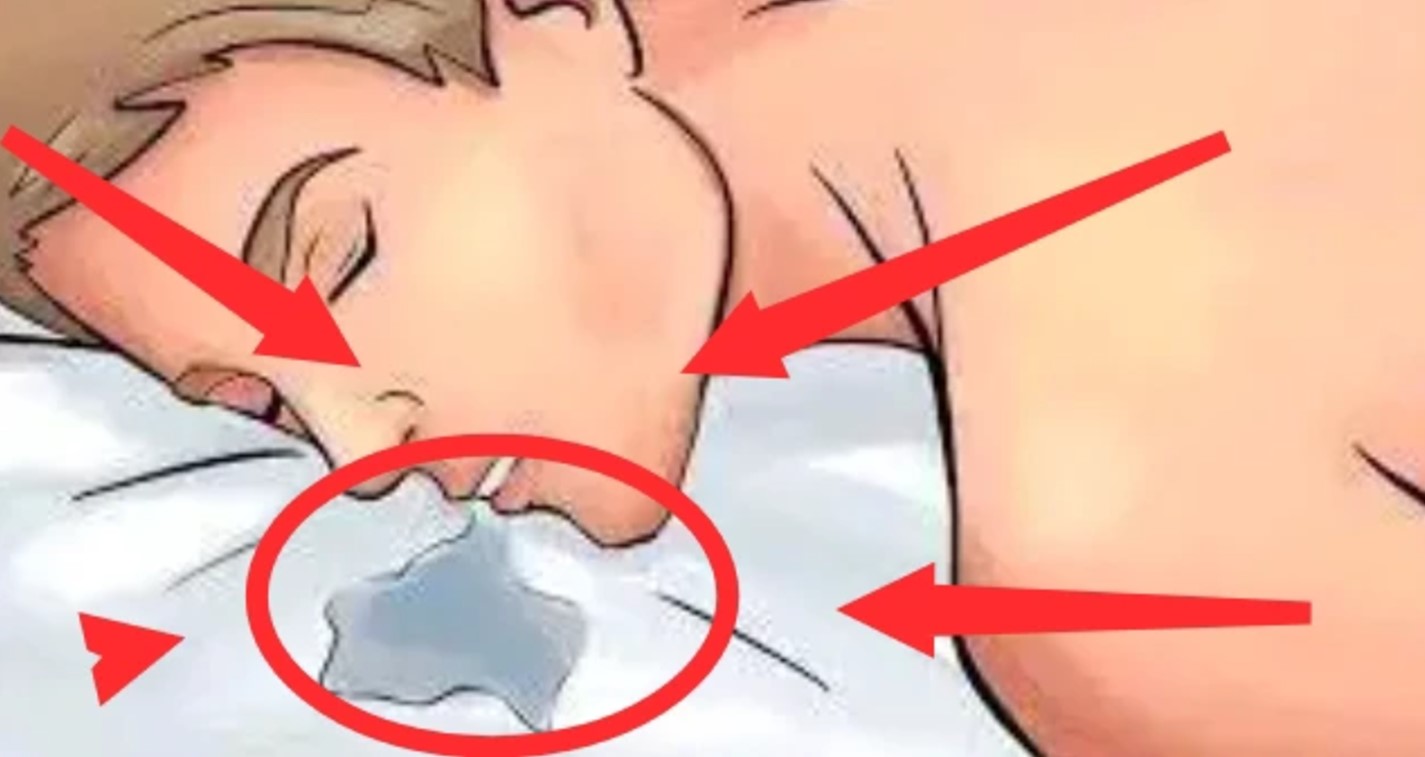Sugarcane is a tall grass that is cultivated around the world, primarily for the purpose of producing sugar. However, beyond just being a source of sweetness, sugarcane also offers numerous potential health benefits when consumed regularly. This humble plant may help protect against and even help manage a variety of diseases. Here are some conditions that sugarcane could help prevent if you incorporate it into your diet:
1. Diabetes
While sugarcane itself is packed with natural sugars, it contains compounds that may actually help fight diabetes. The skin and juice of sugarcane are rich in antioxidants like flavonoids that can improve insulin sensitivity and help regulate blood sugar levels. Researchers have found that extracts from sugarcane can increase glucose uptake in cells and inhibit enzymes that raise blood sugar.
2. Cancer
Sugarcane is an excellent source of phenolic compounds like flavonoids and antioxidants that have been shown to exhibit anti-cancer properties. These compounds can neutralize harmful free radicals that damage cells and trigger inflammation that enables cancer growth. Some studies indicate sugarcane extracts may help induce cancer cell death and prevent the spread of various cancers.
3. Heart Disease
The juice extracted from sugarcane stalks contains high levels of essential minerals like potassium, calcium, and magnesium that support heart health. It’s also rich in antioxidants that can prevent LDL cholesterol from oxidizing and forming plaque buildup in arteries. Regularly drinking sugarcane juice may help lower high blood pressure and reduce overall heart disease risk.
4. Kidney Stones
Kidney stones form when there is a buildup of certain minerals, salts, and compounds that clump together in the kidneys. Sugarcane is an excellent source of compounds called glycosides that can help break down and prevent the formation of these problematic kidney stones, preventing the excruciating pain of passing them.
5. Jaundice
Jaundice occurs when there is a buildup of bilirubin, a yellow pigment, in the body due to issues with the liver or gallbladder. The antioxidants and phenolic compounds in sugarcane juice can help reduce inflammation that leads to jaundice while stimulating enzyme production to properly metabolize bilirubin.
6. Liver Disease
In addition to preventing jaundice, the active components in sugarcane extract may also protect the liver from other types of damage and disease. The antioxidants in sugarcane can neutralize toxins and free radicals that harm liver cells, while also reducing inflammation. Sugarcane may help reverse certain liver diseases when consumed regularly.
7. Weight Gain
While sugarcane obviously contains natural sugar, the plant itself is quite low in calories and high in fiber, especially the chewable fibrous parts. Chewing on sugarcane can provide a sweet, filling snack that curbs cravings and feelings of hunger without a ton of calories. The fiber also helps promote feelings of fullness.
In addition to potentially helping prevent these diseases, regularly consuming sugarcane in various forms offers a number of other health benefits due to its impressive nutritional profile:

Boosts Immunity
Sugarcane is packed with immune-boosting antioxidants like vitamin C, phenolic acids, and flavonoids that can help fight off infections and illnesses. These compounds neutralize harmful free radicals to reduce inflammation.
Skin Protection
The antioxidants like vitamin C in sugarcane can help protect skin from damage caused by the sun’s UV rays and other environmental stressors. They promote skin healing and may help reduce signs of aging as well.
Bone Health
Sugarcane is a rich source of calcium, magnesium, phosphorus, and other minerals that are essential for maintaining strong, healthy bones and preventing conditions like osteoporosis.
Energy Boost
While it contains natural sugars, sugarcane also provides a range of vitamins, minerals, and beneficial compounds that provide a steady source of energy rather than a quick sugar crash.
There are various ways to incorporate sugarcane into your diet to reap these potential health rewards. The most common options include: READ FULL STORY HERE>>>CLICK HERE TO CONTINUE READING>>>
Chewing Sugarcane
Peeled sugarcane sticks or pieces make for a sweet, fibrous snack that requires you to chew thoroughly and work for the natural sugars. This provides some valuable chewing resistance and exercise for the mouth.
Sugarcane Juice
Extracting and drinking the nutrient-rich juice from sugarcane stalks allows you to consume the plant’s beneficial compounds in liquid form. Some store-bought juices may be blended with ginger, lime, or other flavors.
Jaggery
This minimally processed, solid form of concentrated sugarcane juice contains all the nutrients and antioxidants naturally found in the plant while avoiding the processing that depletes those in regular white sugar.
Sugarcane Syrup
Sugarcane syrup or molasses is a thick, dark syrup made by boiling down sugarcane juice. It retains more minerals and nutrients than refined sugar and can be used in moderation as a sweetener.
When selecting sugarcane products, choose organic whenever possible to avoid pesticide residues. Fresh sugarcane juice is ideal to get the maximum nutritional value before it degrades.
While sugarcane itself does contain calories from natural sugars, it has a low glycemic index when consumed in moderation as part of an overall balanced diet. The fiber, antioxidants, minerals, and phenolic compounds appear to offset any negative impacts of the sugar.
Of course, consuming excessive amounts of sugary foods and drinks made with refined sugarcane products like white sugar cancels out any potential benefits. Follow moderation and focus on less processed forms like fresh juice or jaggery.

Additionally, while the studies on sugarcane for disease prevention and treatment are promising, more evidence from clinical trials is still needed to confirm its full therapeutic potential. Be sure to discuss any major changes to your diet with your doctor, especially if taking medications.
That said, given sugarcane’s long history as a culturally significant plant used for both food and traditional medicine across many societies and civilizations, its health-protective properties should not be ignored or underestimated.
So next time you’re craving something sweet, skip the overly processed sugar and sweets. Instead, reach for a cold glass of fresh sugarcane juice, a piece of nutrient-dense jaggery candy, or a fibrous stick of sugarcane to chew on for a naturally sweet burst of flavor and nutrients.
With its array of beneficial antioxidants, minerals, phenolic compounds and fiber all packaged in a renewable plant source, regularly incorporating sugarcane into your diet could be a simple yet powerful way to help prevent and manage a host of chronic, life-threatening diseases.
Start taking advantage of this humble crop’s hidden health-protective properties today and say goodbye to conditions like diabetes, cancer, heart issues, kidney stones and more! When it comes to sweetening your life, there may be no better natural option than straight from the sugarcane.


 METRO3 months ago
METRO3 months ago
 METRO4 months ago
METRO4 months ago
 SPORTS4 months ago
SPORTS4 months ago
 METRO5 months ago
METRO5 months ago
 METRO3 months ago
METRO3 months ago
 METRO4 months ago
METRO4 months ago
 SPORTS4 months ago
SPORTS4 months ago
 SPORTS5 months ago
SPORTS5 months ago




